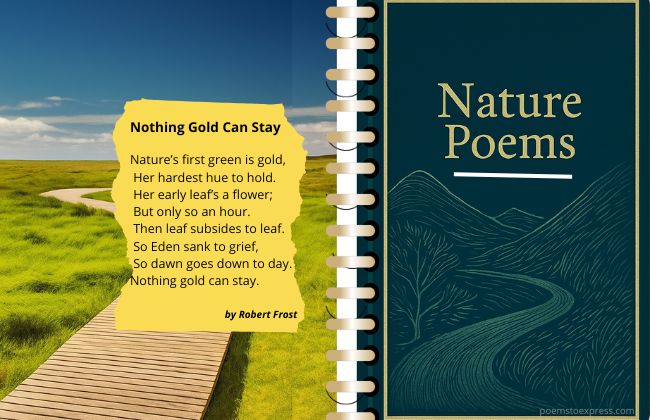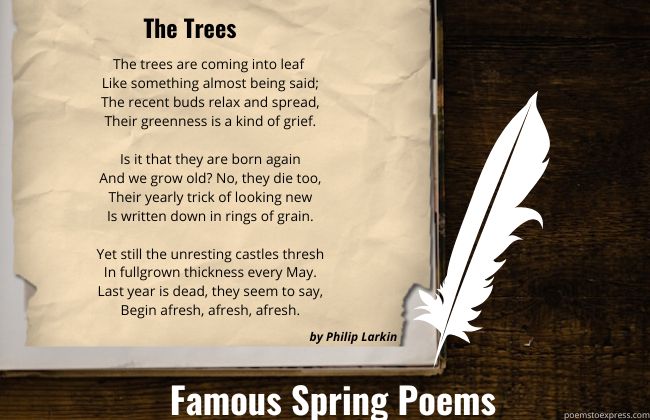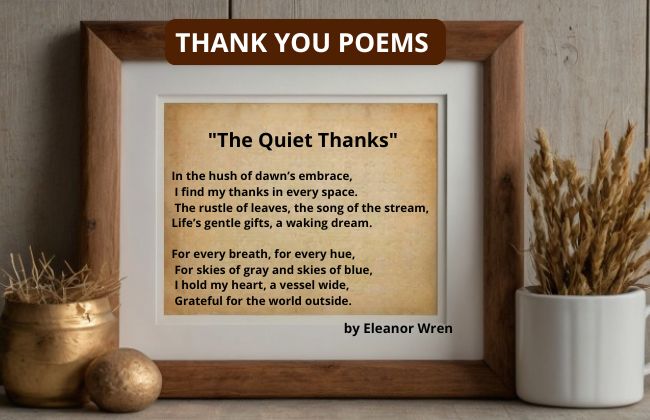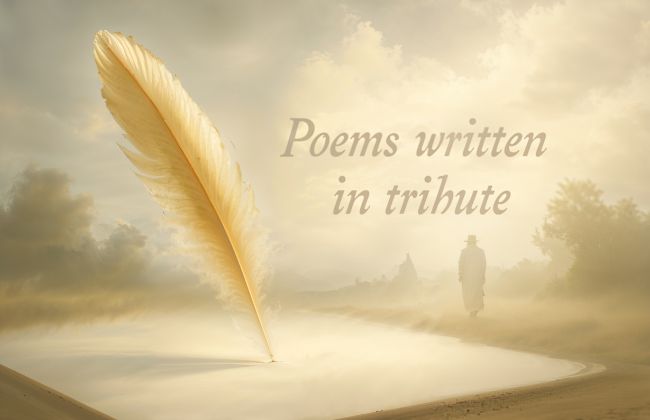The odes are poetic compositions that celebrate and exalt something or someone, becoming a form of art that has endured through the centuries.
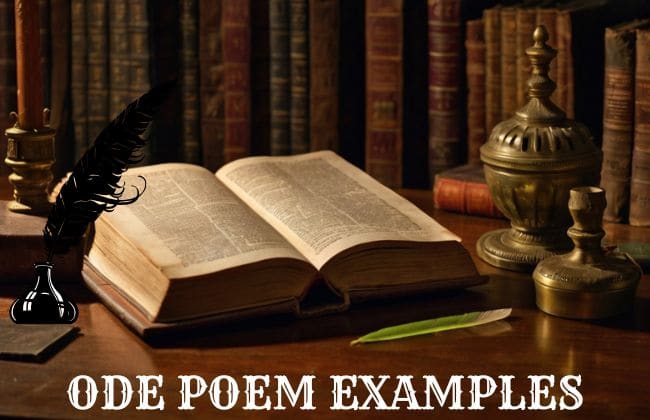
Originating in ancient Greece, these poems have evolved in style and theme, always maintaining their essence of praise and admiration.
The importance of odes in literature lies in their ability to capture the beauty and emotion of both the everyday and the extraordinary, offering readers a unique and enriching experience.
These poems maintain a dignified tone, often honoring their subjects with a mix of personal introspection and universal appeal.
Celebrated authors such as John Keats and Pablo Neruda have left an impressive legacy of odes that resonate with deep emotions and timeless reflections.
In this post, we share a selection of the best odes created by great authors who have left an indelible mark on world literature.
Table of Contents
- 1 1) ‘Ode to a Nightingale’ by John Keats
- 2 2) ‘Ode on a Grecian Urn’ by John Keats
- 3 3) ‘Ode to the West Wind’ by Percy Bysshe Shelley
- 4 4) ‘To Autumn’ by John Keats
- 5 5) ‘Ode to Duty’ by William Wordsworth
- 6 6) ‘Intimations of Immortality’ by William Wordsworth
- 7 7) ‘Ode to Psyche’ by John Keats
- 8 8) ‘Ode to the Confederate Dead’ by Allen Tate
- 9 9) ‘Ode to My Socks’ by Pablo Neruda
- 10 10) To a Skylark by Percy Bysshe Shelley
- 11 Understanding Ode Poems
1) ‘Ode to a Nightingale’ by John Keats
“Ode to a Nightingale” is a celebrated poem by John Keats, penned in 1819. The piece captures the poet’s deep engagement with themes of beauty, transience, and mortality.
The poem consists of eight stanzas, each with ten lines. Keats’ use of rich imagery and emotional depth portrays his yearning to escape the pains of the world by connecting with the nightingale’s song.
This nightingale, a symbol of eternal beauty, inspires a temporary escape from reality and contemplation of life’s fleeting nature. The work reflects Keats’ masterful use of language, evoking a complex interplay between joy and melancholy.
Written during the Romantic era, the poem remains significant for its exploration of human emotion and the allure of the natural world.
Ode to a Nightingale
My heart aches, and a drowsy numbness pains
My sense, as though of hemlock I had drunk,
Or emptied some dull opiate to the drains
One minute past, and Lethe-wards had sunk:
'Tis not through envy of thy happy lot,… See full poem
2) ‘Ode on a Grecian Urn’ by John Keats
The poem captures the enduring beauty and silent storytelling of a Grecian urn.
Through vivid imagery, Keats explores themes such as the immortality of art and the transient nature of human life.
Keats presents scenes of rustic life depicted on the urn, prompting reflection on the relationship between beauty and truth. These images evoke complex emotions, suggesting that art captures a perfect, eternal moment.
They urge the reader to ponder the permanence of art amidst the fleeting nature of life.
The line “Beauty is truth, truth beauty” underscores the poem’s exploration of aesthetics and philosophical inquiry.
Keats’s work remains a quintessential example of Romantic poetry, blending rich detail with deep philosophical questions.
'Ode on a Grecian Urn'
Thou still unravish'd bride of quietness,
Thou foster-child of silence and slow time,
Sylvan historian, who canst thus express
A flowery tale more sweetly than our rhyme:
What leaf-fring'd legend haunts about thy shape… See full poem
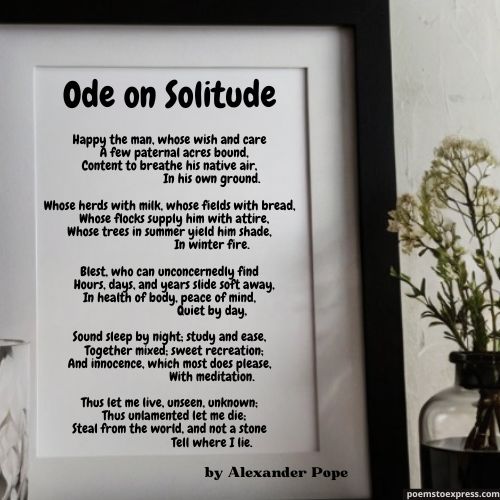
3) ‘Ode to the West Wind’ by Percy Bysshe Shelley
‘Ode to the West Wind’ stands as a quintessential example of Romantic poetry by Percy Bysshe Shelley. Written in 1819 and published in 1820, the poem reflects on the power and influence of nature.
Shelley addresses the West Wind as an agent of change. The poem captures both the destructive and regenerative aspects of nature, highlighting its role in life cycles and transformation.
In a vivid portrayal, the West Wind is depicted driving away dead leaves like ghosts and spreading seeds for future growth. The speaker yearns for inspiration and power, seeking to harness the energy of the wind to awaken society’s consciousness.
Ode to the West Wind
O wild West Wind, thou breath of Autumn's being,
Thou, from whose unseen presence the leaves dead
Are driven, like ghosts from an enchanter fleeing,
Yellow, and black, and pale, and hectic red,
Pestilence-stricken multitudes: O thou,
Who chariotest to their dark wintry bed… See full poem
4) ‘To Autumn’ by John Keats
“Ode to Autumn,” penned by John Keats in 1819, is a distinguished example of Romantic poetry. The poem is celebrated for its vivid depiction of the autumn season, capturing the essence of its abundance and transition.
Keats masterfully uses rich imagery to evoke sensory experiences. The poem paints a picture of ripening fruits, mellow fields, and the soft, golden light of autumn. Each stanza mirrors different facets of the season, highlighting its beauty and transformative power.
The structure of the poem, with its three stanzas, serves as an ode in itself. It eloquently balances themes of growth and decay, life and impending winter.
'To Autumn'
Season of mists and mellow fruitfulness,
Close bosom-friend of the maturing sun;
Conspiring with him how to load and bless
With fruit the vines that round the thatch-eves run;
To bend with apples the moss’d cottage-trees,… See full poem
5) ‘Ode to Duty’ by William Wordsworth
Written in the early 19th century, the poem reflects the Romantic period’s focus on morality and introspection.
In this work, Wordsworth personifies duty as a stern, yet benevolent deity, one that offers stability amidst life’s chaos. Through acknowledging the presence of duty, individuals find inner harmony and direction.
The structure consists of seven stanzas, which reveal the poet’s inner conflict between personal desires and moral obligations. He ultimately recognizes the importance of adhering to higher principles.
Ode to Duty
. Stern Daughter of the Voice of God!
O Duty! if that name thou love
Who art a light to guide, a rod
To check the erring, and reprove;
Thou, who art victory and law
When empty terrors overawe;… See full poem
6) ‘Intimations of Immortality’ by William Wordsworth
This piece reflects deeply on themes such as childhood, memory, and the human soul’s connection to nature.
The poem captures a poignant sense of nostalgia and longing, contemplating the loss of a child’s pure perception of the world. Wordsworth’s exploration of these themes is notable for its rich imagery and emotional depth.
Written in the early 19th century, the poem aligns with the Romantic tradition, emphasizing the spiritual and emotional aspects of human experience.
By blending personal reflection with universal concerns, Wordsworth’s ode continues to resonate with readers worldwide.
'Intimations of Immortality'
There was a time when meadow, grove, and stream,
The earth, and every common sight,
To me did seem
Apparelled in celestial light,
The glory and the freshness of a dream… See full poem
7) ‘Ode to Psyche’ by John Keats
This poem explores themes of love, imagination, and devotion. Keats addresses Psyche, the Greek goddess of the soul, and imagines himself as her priest, building a shrine in his mind.
The imagery in the poem is lush and dreamlike, reflecting Keats’s passion for blending the real and the mythical. It employs vivid descriptions and rich symbolism to depict the meeting of Psyche and Eros, emphasizing the union of soul and love.
As one of the first in a series of odes, “Ode to Psyche” demonstrates Keats’s masterful use of language and expressive depth.
The poet blends personal reflection with classical mythological elements, offering readers an introspective journey through his imaginative landscape.
Ode To Psyche
O Goddess! hear these tuneless numbers, wrung
By sweet enforcement and remembrance dear,
And pardon that thy secrets should be sung
Even into thine own soft-conched ear:
Surely I dreamt to-day, or did I see… See full poem
8) ‘Ode to the Confederate Dead’ by Allen Tate
Allen Tate’s poem “Ode to the Confederate Dead” deeply explores memory and Southern identity, reflecting on values and traditions through the setting of a Confederate soldiers’ cemetery.
Tate uses this setting to question cultural forgetfulness and disconnection from the past, suggesting that modern society has lost touch with the ideals and sacrifices of its forebears.
The poem’s melancholic tone and rich imagery create a meditation on heroism, memory, and death, emphasizing death’s inevitability and permanence in contrast to the fleeting nature of human memory.
'Ode to the Confederate Dead'
Row after row with strict impunity
The headstones yield their names to the element,
The wind whirrs without recollection;
In the riven troughs the splayed leaves
Pile up, of nature the casual sacrament… See full poem
9) ‘Ode to My Socks’ by Pablo Neruda
Pablo Neruda’s “Ode to My Socks” uses everyday items, such as socks, to explore themes of beauty and comfort. Neruda imbues the socks with symbolic meaning, representing not just physical warmth but also emotional security and connection to his heritage.
The poem appreciates the mundane, suggesting that ordinary objects can hold profound significance.
Through vivid imagery and metaphor, Neruda invites readers to see the extraordinary in the ordinary, highlighting the interplay between personal identity and the simple pleasures of life.
'Ode to My Socks'
Maru Mori brought me
a pair
of socks
which she knitted herself
with her sheepherder’s hands,
two socks as soft
as rabbits… See full poem
10) To a Skylark by Percy Bysshe Shelley
To a Skylark” by Percy Bysshe Shelley is an ode that marvels at the skylark’s effortless joy and boundless freedom, contrasting these qualities with human suffering and limitations.
The poem venerates the bird’s song, which surpasses all human art and joy, portraying it as a pure, celestial being whose existence transcends the mundane concerns and pains of human life.
Shelley uses the skylark to symbolize an unattainable ideal, celebrating its unbridled happiness as something humans can aspire to but never fully achieve.
Through this exploration, the poem delves into themes of the majesty of nature and the limits of human expression.
To a Skylark
Hail to thee, blithe Spirit!
Bird thou never wert,
That from Heaven, or near it,
Pourest thy full heart
In profuse strains of unpremeditated art… See full poem
Understanding Ode Poems
Ode poems offer rich historical layers and a distinct set of characteristics that distinguish them within the world of poetry.
They feature lyrical structures focusing both on personal emotions and grand themes.
Historical Background
Ode poems originated in ancient Greece, where they were performed with music to celebrate public events, such as athletic victories.
Initially, these poems adhered to strict formal structures, such as those found in Pindaric odes, featuring a strophe, antistrophe, and epode.
This ancient form influenced later cultures. In particular, Roman poets made notable contributions by adapting the form for Latin language and culture.
During the 19th century, English Romantic poets revived the ode, emphasizing personal emotion and the beauty of nature.
Poets like John Keats and Percy Bysshe Shelley embraced the form, expanding it to express rich imagery and introspection. Modern odes continue to evolve, often exploring diverse subjects with greater freedom in style and structure.
Characteristics of an Ode
Odes are renowned for their expression of praise and emotion. Typically, they are composed in a formal and dignified style, often directed toward a particular subject, which can be anything from an abstract concept to an everyday object.
Stanzas are usually uniform in structure, showcasing the poet’s skill in meter and rhyme.
The language of odes is often elaborate, rich in imagery and metaphor, designed to convey deep reverence or admiration.
Contemporary ode writers may take liberties with structure and theme, allowing for personal and innovative expressions without losing the core essence of praise predominant in traditional forms.
You might also like:

